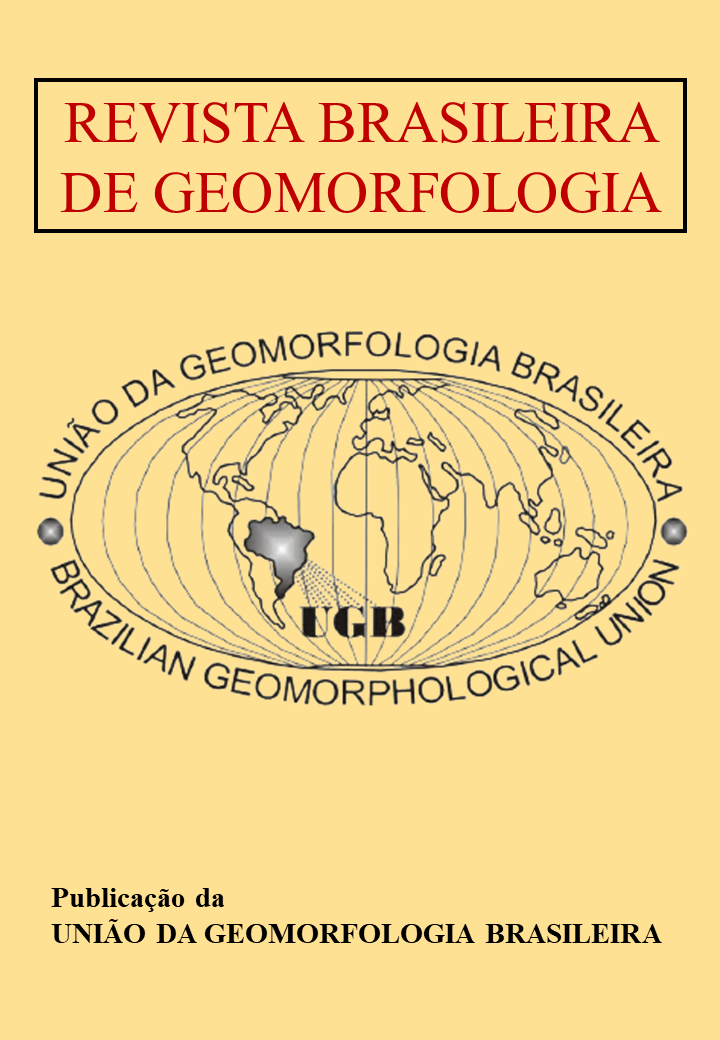Eucalyptus Plantations in Pasture Matrix and Erosive Reactivation of Gullies in the Sesmaria River Basin (SP/RJ): a cycle of instability in headwater valleys
DOI:
https://doi.org/10.20502/rbgeomorfologia.v24i00.2326Keywords:
eucalyptus, gully, permanent aquifer, temporary aquifer, seepage erosionAbstract
In the 21st century, eucalyptus plantations have expanded in the middle valley of the Paraíba do Sul River, in the southwestern region of Brazil, replacing degraded pastures. Some studies associate these plantations with the reduction of groundwater levels, but field observations have indicated that erosive activity related to permanent and temporary underground water flows is more significant. This study focuses on the reactivation of erosive processes leading to the regressive growth of gullies after the introduction of eucalyptus in pasture areas. Infiltration experiments, soil suction monitoring, well water levels, and gully erosion were conducted after the introduction of eucalyptus. The results indicated that eucalyptus cover facilitated rainwater infiltration, feeding temporary and suspended aquifers. These flows, combined with the permanent aquifer, caused erosion due to excessive pressure on gully margins, bottoms, and slopes. Erosion rates decreased over the years after the introduction of eucalyptus. Tree vegetation began to recover in the gullies, indicating a trend towards stabilization. In response to changes in land use, the drainage and erosion system are undergoing an internal adjustment period in search of a new balance and stability.
Downloads
Published
How to Cite
Issue
Section
License

This work is licensed under a Creative Commons Attribution-NonCommercial 4.0 International License.
Author (s) retain copyright and grant the journal right of first publication with the work simultaneously licensed under the Creative Commons Attribution License that allows sharing the work with recognition of its initial publication in this journal.








